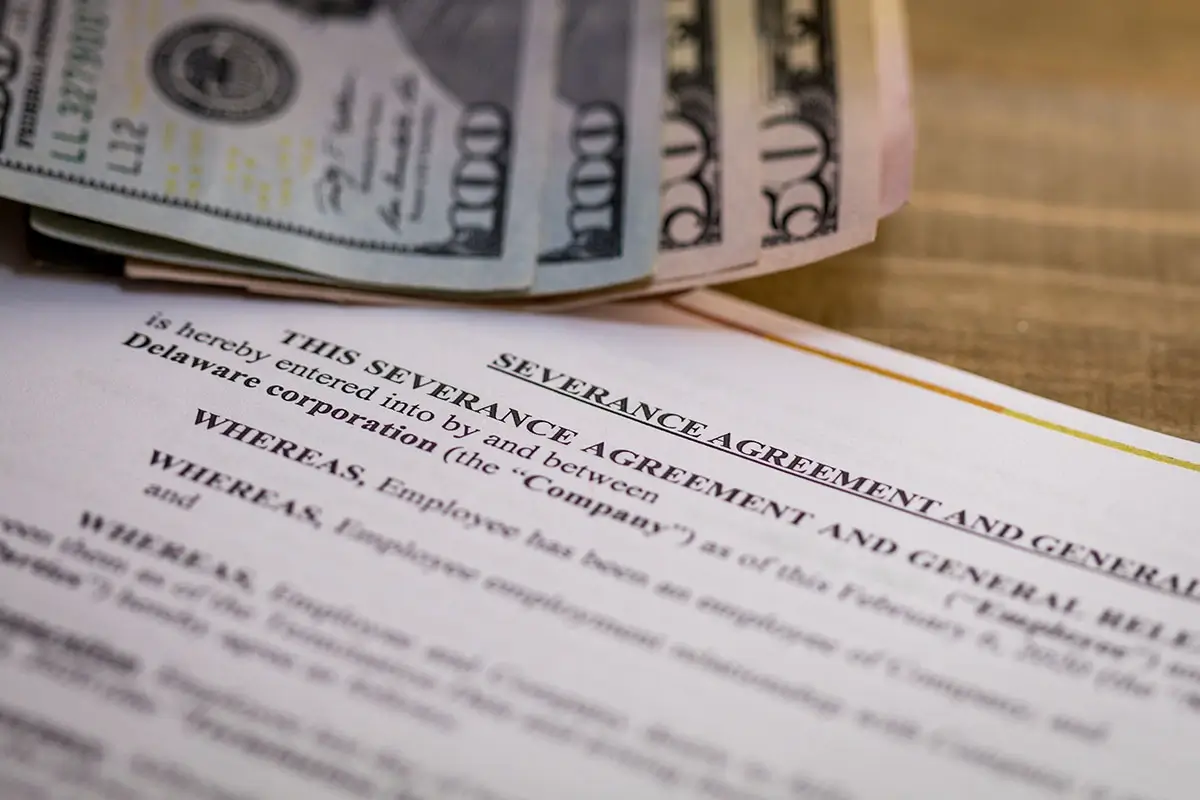New Roth Catch-Up Rules for 401(k) Plans
If you work for a company with a 401(k) plan, new rules are on the horizon, especially if you’re 50 or older or approaching your 60s. The Treasury Department and IRS have now finalized guidance around so-called “Roth catch-up” contributions, along with enhanced catch-up limits for certain ages. Intentional Accounting will break down how this can affect your retirement and savings plan.
The Big Picture: SECURE 2.0 Is Reshaping Catch-Ups
These changes stem from the SECURE 2.0 Act of 2022, which was finalized in September 2025, and introduces several new retirement plan rules. The largest shift is for high-earning participants who must now make catch-up contributions on a Roth 401 (k) rather than a traditional one. This means those workers 50 years old and up have to pay taxes upfront on their catch-up money. The idea behind this was that most people make more in their 50s than any other age group; therefore, they will be paying taxes upfront on their highest earning years instead of their lower earning years, so the government would make more money on the highest income earners. The bottom line is that if you don’t have a Roth 401 (k), then you will not be able to make catch-up contributions at all, and it is probably a good idea to switch to one.
What the Final Regulations Say
Here’s a breakdown of the most important rules, according to the published final regulations:
1. Roth Catch-Up for High Earners
If a participant’s W-2 wages exceeded $145,000 in the prior year, then any catch-up contributions must be made as a Roth 401 (k).
In other words, high earners lose the option to make catch-ups on a pre-tax basis.
2. Enhanced Catch-Up for Ages 60–63
Starting this year, 2025, participants in the 60–63 age bracket can contribute up to 150% of the regular catch-up limit. For 2025, that enhanced limit is $11,250. However, those enhancements cannot be combined with an increased SIMPLE IRA catch-up in the same year.
3. Timing & Effective Dates
- The new Roth catch-up requirement must be operational for plan years beginning Jan. 1, 2026
- But final regulations themselves don’t fully apply until 2027, giving plan sponsors a degree of flexibility in 2026.
- For governmental plans or those under collective bargaining, even later effective dates may apply.
4. Correction & Election Rules
The final rules also add more flexibility on how to correct mistakes. For example, if someone made a pre-tax catch-up when they should have made a Roth one, that will get corrected, and the person will get compensated accordingly.
5. What if a Plan Doesn’t Offer Roth Options?
If a plan doesn’t permit Roth contributions, high-earning participants, who are those who exceed the wage threshold, won’t be allowed to make any catch-up contributions. That places pressure on plan sponsors to consider enabling Roth options where they don’t already exist.
What You Should Do Now
These new rules mark a meaningful shift in how higher-income employees will approach catch-up contributions. While the Roth requirement reduces the immediate tax benefit of catch-up contributions, it also offers tax-free growth and withdrawals. Employers and plan administrators must act now to get systems, documents, and communications ready for 2026 and beyond. For more financial help and understanding about these rule changes, contact Intentional Accounting today for expert financial and tax advice.










